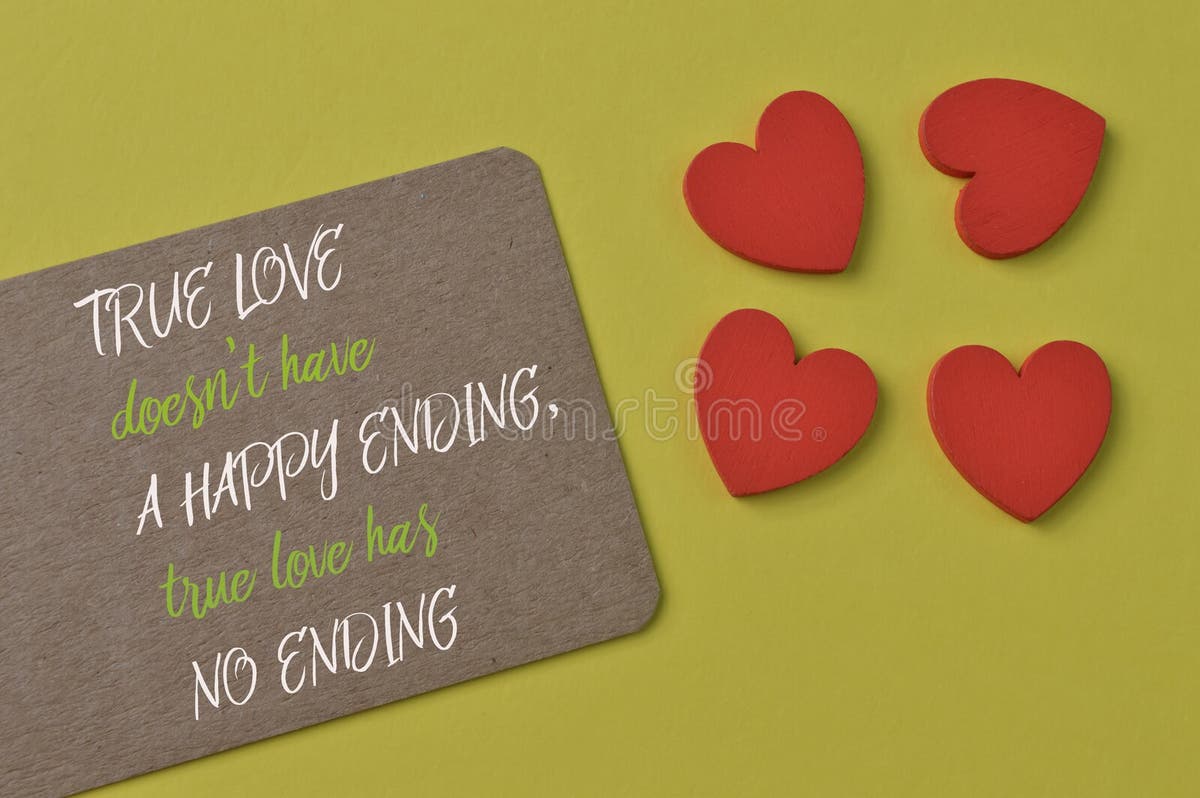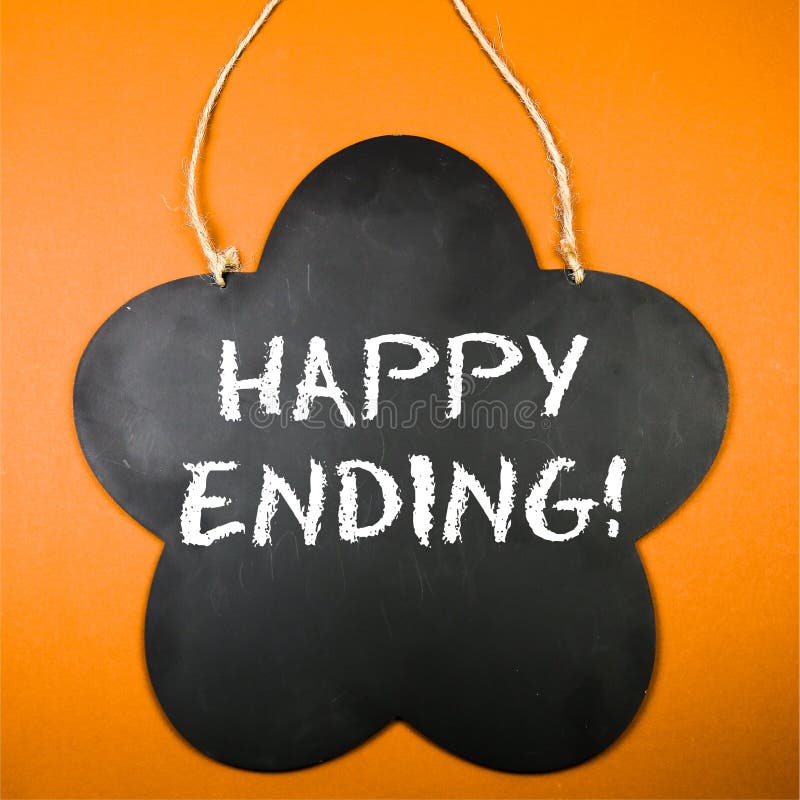Let's dive into the magic of happy ending messages, shall we? Life is full of ups and downs, twists and turns, but wouldn't it be amazing if we could sprinkle some positivity into every situation? A well-crafted happy ending message can turn a dull day into a sparkly one! Whether it’s for a special occasion, a heartfelt conversation, or just a random act of kindness, these little nuggets of joy can make a big difference. So, buckle up and let’s explore how to craft the perfect happy ending message!
Now, you might be wondering why happy ending messages matter so much. In a world where negativity often takes center stage, these messages act as a beacon of light. They remind us that no matter how tough things get, there's always a silver lining waiting to be discovered. And trust me, people appreciate them more than you think. A simple "you’ve got this" or "better days are ahead" can mean the world to someone who's feeling down.
But here's the thing: not all happy ending messages are created equal. Some feel forced, others seem out of place. That’s why we’re going to break it all down for you. From understanding the psychology behind positivity to crafting messages that resonate, this guide will turn you into a master of happy endings. So, are you ready to spread some joy? Let's go!
Read also:Craft Shows Near Me Your Ultimate Guide To Discovering Local Creativity
What Exactly Is a Happy Ending Message?
A happy ending message is like a warm hug in text form. It’s a way to wrap up a conversation, an event, or even a simple interaction with a touch of positivity. Think about it: when someone sends you a message saying, "I believe in you" or "you’re doing great," doesn’t it instantly lift your mood? That’s the power of a well-written happy ending message.
These messages aren’t just limited to personal interactions either. They’re perfect for professional settings, social media posts, and even marketing campaigns. The key is to make them genuine and relatable. People can spot fake positivity from a mile away, so it’s important to keep it real. And hey, who doesn’t love a little authenticity, right?
Why Do Happy Ending Messages Matter?
In today’s fast-paced world, where stress and anxiety seem to be the norm, happy ending messages serve as a much-needed breather. They remind us that life isn’t all doom and gloom. In fact, they have a way of shifting our perspective and helping us focus on the good stuff.
Studies have shown that positivity can have a profound impact on mental health. When we receive uplifting messages, our brains release feel-good chemicals like serotonin and dopamine. This not only improves our mood but also boosts our overall well-being. So, the next time you’re crafting a message, remember that you’re not just sending words—you’re sending a little piece of happiness.
Boosting Emotional Intelligence
Happy ending messages also play a crucial role in building emotional intelligence. By encouraging positive thinking, they help us develop empathy and understanding towards others. This, in turn, strengthens our relationships and fosters a sense of community. And let’s face it, the world could use a little more kindness these days.
Types of Happy Ending Messages
Not all happy ending messages are the same. Depending on the context and purpose, they can take on different forms. Here are some of the most common types:
Read also:Vanessa Hudgens Nude The Truth Behind The Headlines And A Closer Look At Her Career
- Personal Messages: These are the ones you send to friends, family, or loved ones. They’re heartfelt and often include personal touches.
- Professional Messages: Perfect for workplace communication, these messages strike a balance between positivity and professionalism.
- Social Media Posts: Short and snappy, these messages are designed to engage a wider audience and spread positivity online.
- Marketing Campaigns: Brands use happy ending messages to connect with their customers on an emotional level. It’s all about building trust and loyalty.
Choosing the Right Type
Picking the right type of happy ending message depends on the situation. For instance, a personal message might include phrases like "you mean the world to me," while a professional one could say "thank you for your hard work." The key is to tailor the message to the audience and context. And remember, authenticity is key!
How to Craft the Perfect Happy Ending Message
Now that we’ve covered the basics, let’s dive into the nitty-gritty of crafting the perfect happy ending message. Here are some tips to get you started:
1. Keep It Simple
Sometimes, the simplest messages are the most effective. Instead of overcomplicating things, focus on conveying your message clearly and concisely. A simple "thank you" or "you’re amazing" can go a long way.
2. Be Genuine
Authenticity is the name of the game. People can tell when a message is fake or forced, so make sure your words come from the heart. Share your true feelings and let your personality shine through.
3. Use Positive Language
Words have power, so choose them wisely. Focus on using positive and uplifting language that resonates with your audience. Words like "hope," "strength," and "gratitude" can make a big difference.
4. Add a Personal Touch
Personalization makes a message feel special. If you’re sending a message to a friend, mention something specific about them. It could be a shared memory, a compliment, or even a joke. The more personal it is, the more impactful it will be.
The Psychology Behind Positivity
Understanding the psychology behind positivity can help you craft better happy ending messages. Research shows that positivity can improve mental health, enhance relationships, and even boost physical well-being. When we focus on the positive aspects of life, we train our brains to see the world in a more optimistic light.
One of the key principles of positive psychology is gratitude. By expressing gratitude, we acknowledge the good things in our lives and appreciate them more fully. This, in turn, leads to increased happiness and satisfaction. So, the next time you’re crafting a message, consider adding a note of gratitude. It’s a win-win for everyone involved.
Practicing Gratitude
Gratitude isn’t just a buzzword—it’s a powerful tool for spreading positivity. Encourage others to practice gratitude by sharing your own experiences. For example, you could say, "I’m so grateful for our friendship—it means the world to me." Simple, yet impactful!
Examples of Happy Ending Messages
Need some inspiration? Here are a few examples of happy ending messages to get you started:
- Personal: "You’re the best thing that ever happened to me, and I’m so lucky to have you in my life!"
- Professional: "Thank you for your dedication and hard work—you truly make a difference!"
- Social Media: "Sending love and positivity to all my amazing followers—you’re the reason I keep going!"
- Marketing: "We’re so grateful for our amazing customers—you’re the heart and soul of our brand!"
Tailoring Your Message
Remember, the key to a great happy ending message is tailoring it to the audience. What works for one person might not work for another, so take the time to understand your audience and craft a message that speaks to them.
Common Mistakes to Avoid
While happy ending messages are powerful, they can also backfire if not done correctly. Here are some common mistakes to avoid:
- Being Too Generic: Messages that feel impersonal or generic can come across as insincere. Always try to add a personal touch.
- Overusing Clichés: Clichés like "everything happens for a reason" might sound nice, but they can feel hollow if not backed up by genuine emotion.
- Ignoring Context: Make sure your message fits the situation. A lighthearted message might not be appropriate for a serious conversation.
Staying Genuine
Genuineness is the cornerstone of a great happy ending message. If you’re not feeling it, don’t force it. Instead, take a moment to reflect on why you’re sending the message and let that guide your words. People appreciate honesty, even if it’s not perfect.
Spreading Positivity Beyond Words
Happy ending messages are just the beginning. There are countless ways to spread positivity in your daily life. Here are a few ideas to get you started:
- Random Acts of Kindness: Small gestures like holding the door open or offering a compliment can brighten someone’s day.
- Volunteering: Giving back to the community is a great way to spread joy and make a difference.
- Mindful Listening: Sometimes, all someone needs is someone to listen. Be present and offer your support when needed.
Making Positivity a Habit
Positivity isn’t just a one-time thing—it’s a lifestyle. By incorporating small acts of kindness into your daily routine, you can create a ripple effect of happiness. And who knows? You might just inspire others to do the same.
Conclusion: Spread Joy, One Message at a Time
Happy ending messages have the power to transform lives—one word at a time. Whether you’re sending a heartfelt note to a friend or crafting a professional message for work, remember to keep it genuine, positive, and personal. The world needs more positivity, and you have the power to make a difference!
So, what are you waiting for? Start spreading joy today! Share this article with your friends, leave a comment below, or check out some of our other articles for more inspiration. Together, we can create a world filled with happiness and positivity. And isn’t that something worth striving for?
Table of Contents
- What Exactly Is a Happy Ending Message?
- Why Do Happy Ending Messages Matter?
- Types of Happy Ending Messages
- How to Craft the Perfect Happy Ending Message
- The Psychology Behind Positivity
- Examples of Happy Ending Messages
- Common Mistakes to Avoid
- Spreading Positivity Beyond Words
- Conclusion: Spread Joy, One Message at a Time


